To provide the best experiences, we use technologies like cookies to store and/or access device information. Consenting to these technologies will allow us to process data such as browsing behaviour or unique IDs on this site. Not consenting or withdrawing consent, may adversely affect certain features and functions.
The technical storage or access is strictly necessary for the legitimate purpose of enabling the use of a specific service explicitly requested by the subscriber or user, or for the sole purpose of carrying out the transmission of a communication over an electronic communications network.
The technical storage or access is necessary for the legitimate purpose of storing preferences that are not requested by the subscriber or user.
The technical storage or access that is used exclusively for statistical purposes.
The technical storage or access that is used exclusively for anonymous statistical purposes. Without a subpoena, voluntary compliance on the part of your Internet Service Provider, or additional records from a third party, information stored or retrieved for this purpose alone cannot usually be used to identify you.
The technical storage or access is required to create user profiles to send advertising, or to track the user on a website or across several websites for similar marketing purposes.
 The rapid development and integration of AI assistance continues to be mind-blowing. Recently, my phone offered to arrange a birthday get-together for my friend Bruce (a lovely thought, but he’s in Canada and I’m in the UK so it’s unlikely to happen- sorry Bruce!). However, whilst a little geographical confusion doesn’t pose too much of an issue, given it was easy to spot, not all AI mistakes are so transparent. (more…)
The rapid development and integration of AI assistance continues to be mind-blowing. Recently, my phone offered to arrange a birthday get-together for my friend Bruce (a lovely thought, but he’s in Canada and I’m in the UK so it’s unlikely to happen- sorry Bruce!). However, whilst a little geographical confusion doesn’t pose too much of an issue, given it was easy to spot, not all AI mistakes are so transparent. (more…)




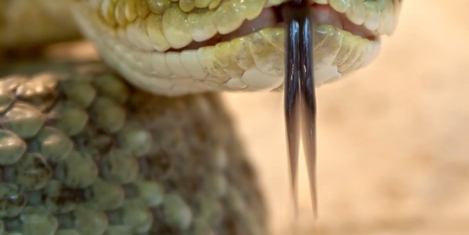
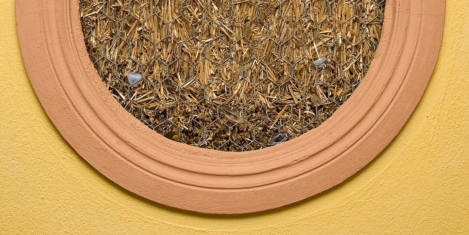

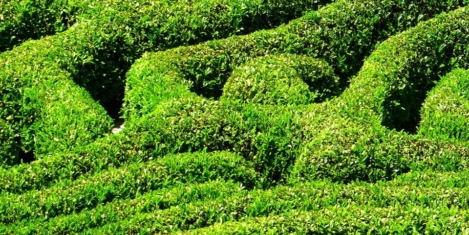
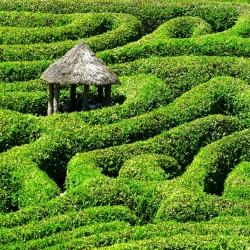
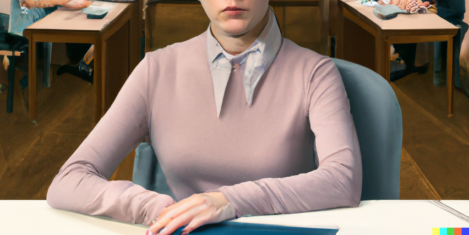

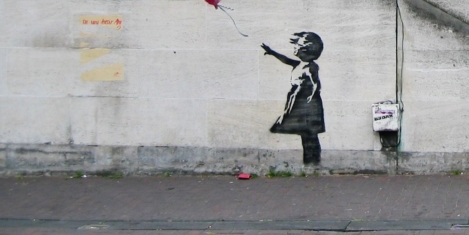
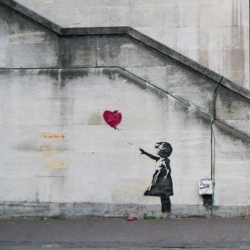
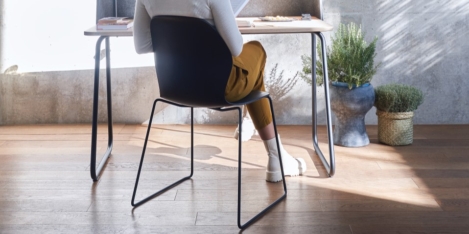
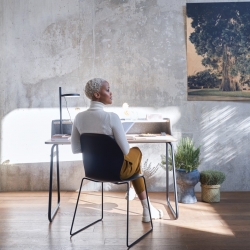
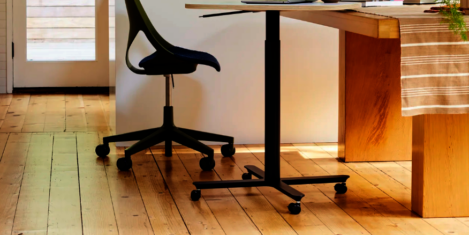
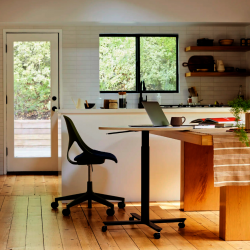


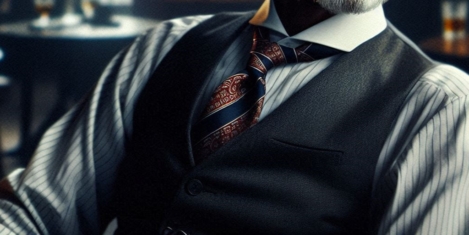

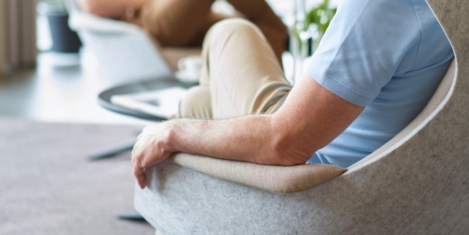












August 28, 2024
How younger generations are redefining workplace exits
by Katherine Loranger • Comment, Workplace